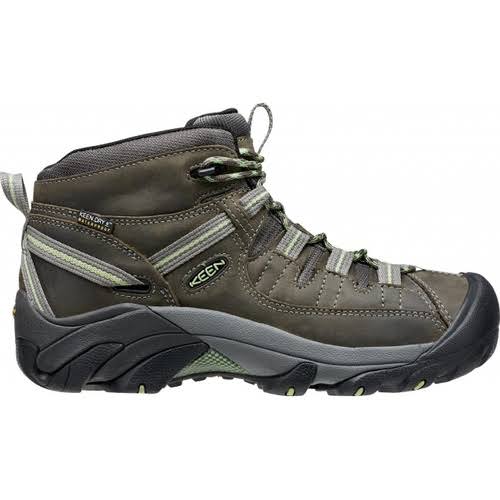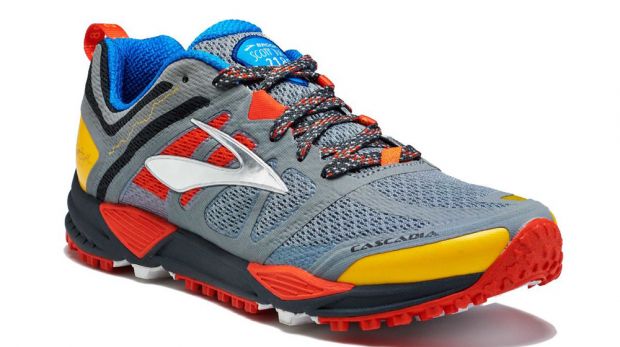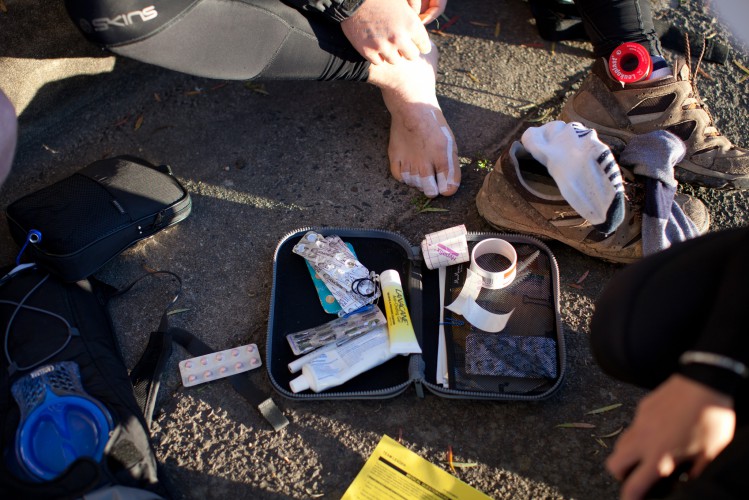OXFAM TRAILWAKER: TIPS TO GET YOU TO THE FINISH LINE

The last-ever OXFAM Trailwalker is just over 4 weeks away!!
If you are reading this because you are doing it… AMAZING, what a great thing to complete and all for a very worthy cause!! At this point some of you may be regretting your decision due to injuries or lack of training whilst others will be smoothly increasing your km’s with no issues. Regardless of what category you fall into, now is the time to make sure you have everything in place to make sure you cross that finish line.
As Podiatrists, every year we have walkers book in the day before the event with a list of problems that have plagued them throughout training pleading for assistance. In most instances it is the walkers first attempt and they are oblivious to the importance of good equipment and thorough preparation in the weeks and months leading up to the event.
‘Prevention is better than cure’
We’ve all heard this mantra countless times but its relevance to this event can’t be understated. In most cases, the reason people need to withdraw or struggle to finish could be avoided. That’s why we have prepared this checklist of things for you to work on NOW, not in 3 weeks time!!
BEFORE THE WALK: This stage is the most critical where you lay the foundations to avoid being one of the 20% who have to withdraw before or during the event. In the weeks leading up to the event you need to prepare the following:
– Footwear: Regardless of what distance you are doing the importance of well fitting, appropriate footwear can’t be understated. Due to the course having varying surfaces and conditions we recommend having 2 pairs of shoes:
– A hiking boot which will be used for the majority of the walk; particularly with the course having lots of uneven, undulating sections that can be slippery; particularly if raining.
– A trail running/walking shoe for any flatter, stable sections or if your hiking boots are particularly wet.
Hopefully by now you have this all sorted as ideally you should have completed at least 6-10 walks in them before the event. This should be of varying distances and ideally on different parts of the circuit so your body can acclimatise. If you are still looking for the ‘right’ footwear we recommend you be fitted professionally to reduce the risk of any footwear related problems. Some suitable stores are: Active Feet (http://www.activefeet.com.au/); Sole Motive (https://www.solemotive.com/); The Running Company (http://therunningcompany.com.au/), and Paddy Pallin (http://www.paddypallin.com.au/).


– Socks: Socks are just socks, right? Wrong!! An ill-fitting pair of socks can cause an array of problems from numbness/cramping if too tight to blisters if they bunch up from being too big. Make sure you have a few pairs of socks so you can change them at each Checkpoint or if they get wet, and look for socks with moisture ‘wicking’ capabilities as these will help keep your feet dry and reduce the risk of blisters.
– Foot and Body Check: Make sure to get your feet checked by a podiatrist at least 3-4 weeks before doing the event. They can show you how to cut your nails to avoid any bruising or loss of nails, reduce any callouses or corns, check for any potential ‘hot spots’ and show you how to tape your feet, and make sure your footwear is appropriate for you. If any problems are detected it still gives you time to have them addressed via footwear modifications, padding or self-care before the event. A myotherapy or physiotherapy assessment around the same time is also beneficial particularly if you are noticing any tightness or pain in your lower body or back. They can implement a management plan with stretching, massage and strengthening to make sure your body is ready for the demands of the walk. Finally, the day before the race you may want to see your podiatrist to have your feet taped if you don’t feel confident doing it yourself.
– Blister Pack: Despite your best efforts you may still run into trouble with blisters or friction points. Therefore, it is important that each member of your team has an idea of how to manage any issues that may arise and have a pack ready to use at short notice. Your podiatrist can guide you on what you need but you can’t go wrong with having:
– Pre-cut Fixomull strips to tape your feet/toes or replace any preventative tape that has come away
– Foam and film dressings to offload any blisters that form
– Betadine lotion or ointment, saline (and cotton balls/gauze to apply it)
– Scissors
– Gloves

DURING THE WALK: It is important to know your capabilities and make sure to pace yourself and continually check on your teammates physical and mental state. Be aware of your feet-make sure to remove any stones/twigs if you feel them in your shoes and address any rubbing straight away. Take advantage of the checkpoints to stretch and get any problems assessed by the volunteer podiatrists, physiotherapists and myotherapists if you can’t manage it yourself. Finally, ensure you remain well hydrated and eat small amounts at regular intervals even if the conditions are cool and overcast.

AFTER THE WALK: Make sure to continue to rehydrate (a celebratory beer/wine is a good start!!), check the condition of your feet and do some gentle stretching and massage using a foam roller/spikey ball. Having a myotherapy/massage appointment pre-booked within the first 2 days post the event is a great way to speed up your recovery. Finally, make sure to see your podiatrist if you have any concerns regarding the state of your feet.
From all the staff at Northern Podiatry we wish you the best of luck and are ready to help you prepare and recover from this great event!!
To book an appointment, please call 94805522 or book online via our website.
by Mark Whiteside
7